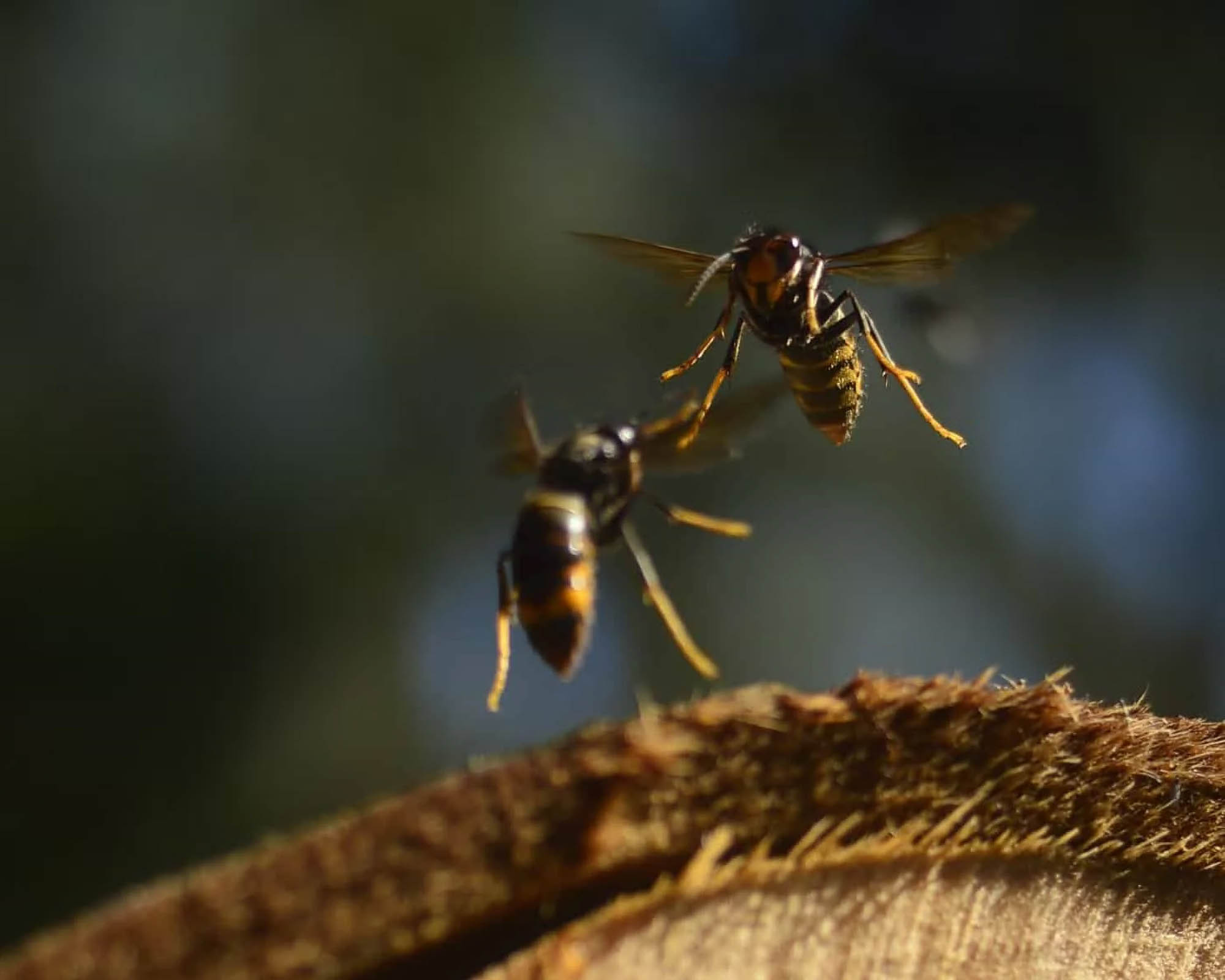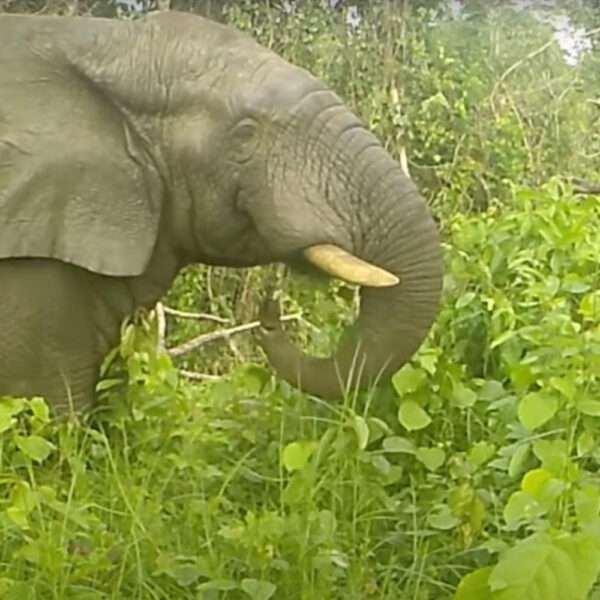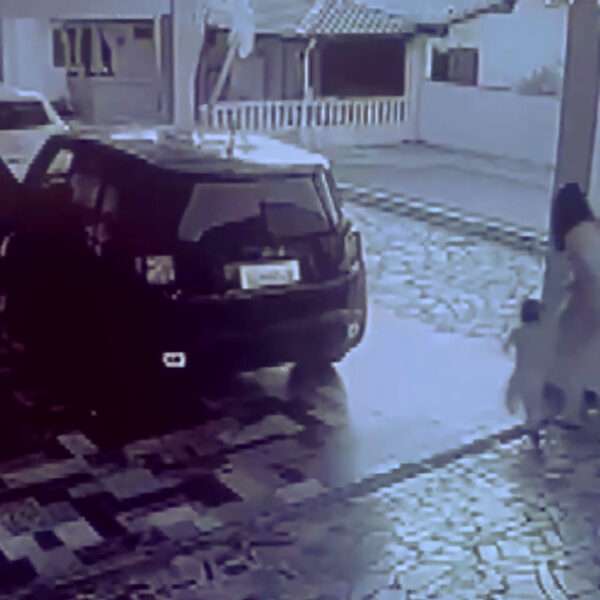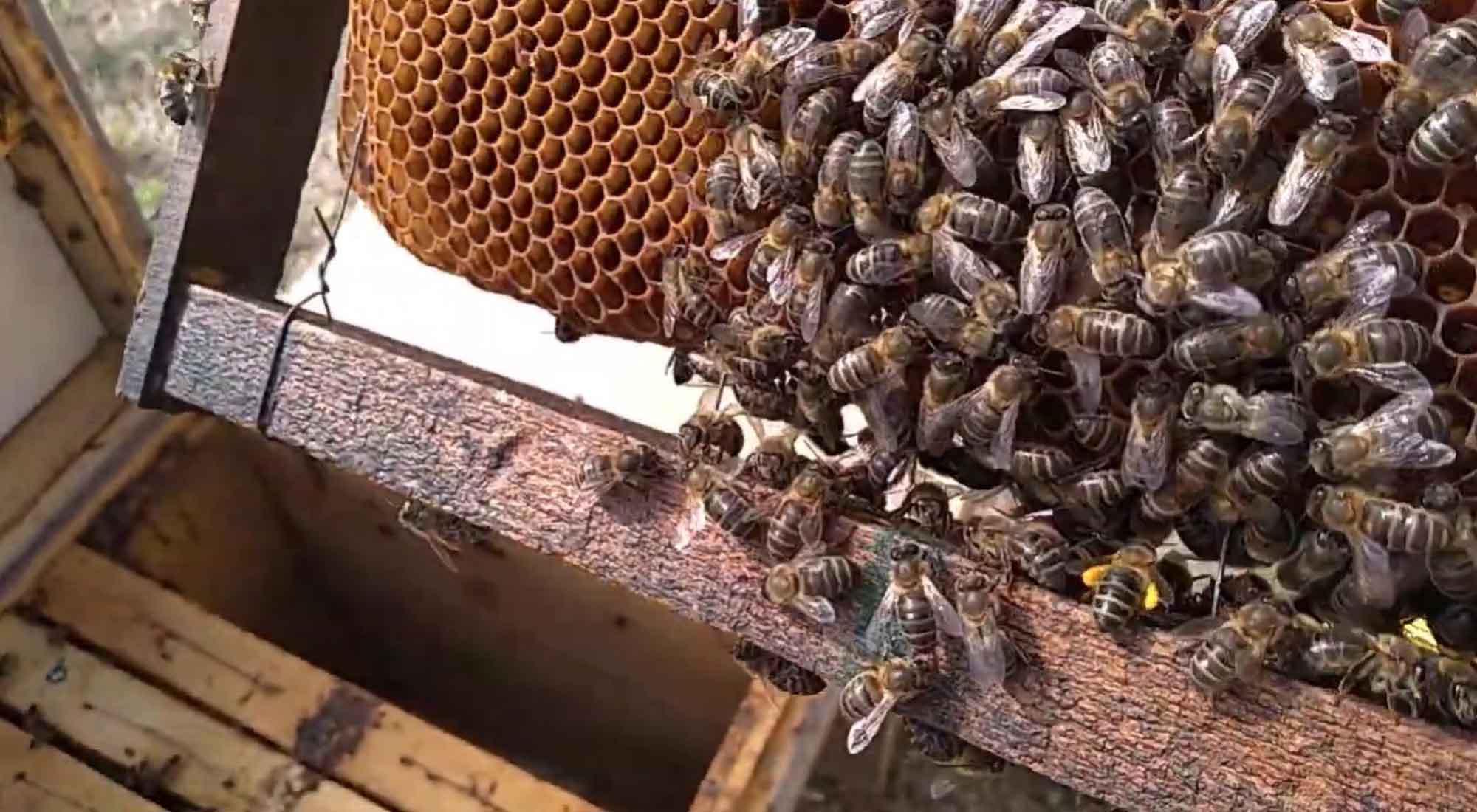A bumblebee species is dropping to the ground to protect itself from being killed by an infamous type of hornet, researchers have found.
Scientists from the University of Exeter studied buff-tailed bumblebee colonies in northwestern Spain to find out more about the pollinator species’ self-defence capabilities.
Their study focused on commercially reared colonies of the bumblebee species also known as Bombus terrestris at different locations in the province of Pontevedra.

The areas where the tests took place have become a habitat for the Asian hornet, a species which has quickly spread across Europe ever since being spotted for the first time on the continent in 2004.
The researchers found that the bumblebees let themselves drop to the ground when being assaulted by an Asian hornet. The move took the attacker by surprise and often caused it to lose its grip.
In some cases, both insects ended up on the soil. The bumblebee then had the chance to frantically move around until the predator gave up.
The scientists who participated in the study said these kinds of defence skills were found to be comparably effective. Nevertheless, bumblebee populations show a lower growth rate in areas with a large number of Asian hornets, they added.
Speaking about what caused him and his team to carry out the research, Exeter University’s Thomas O’Shea-Wheller said: “Asian hornets prey on a wide range of insects, including honeybees, but little is known about their impact on other pollinators.”
He explained: “With honeybees, the hornets do something called ‘hawking’ which means hovering outside the bees’ nest and attacking returning foragers as they fly past.”
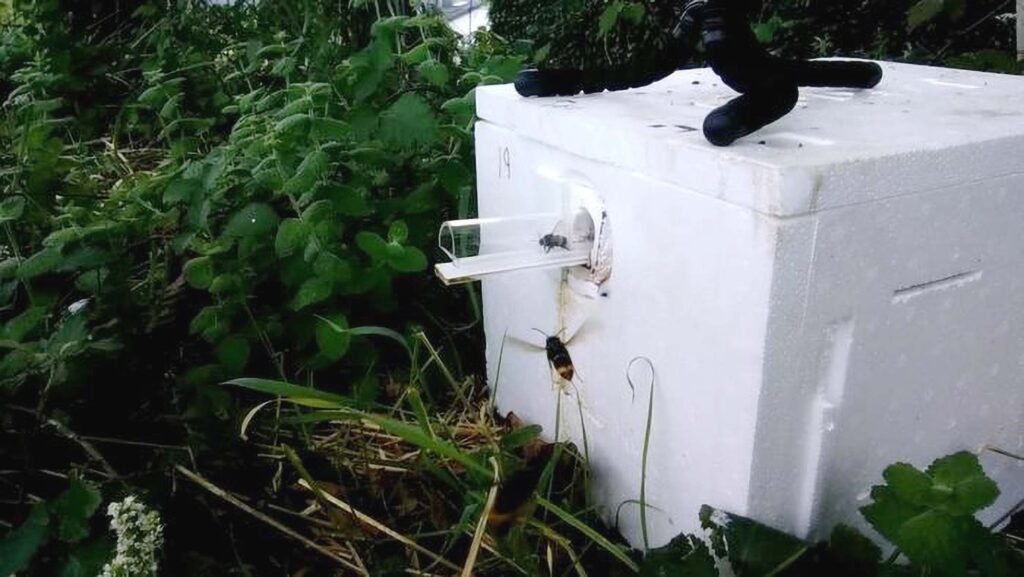
Thomas added: “We recorded hornets doing the same thing to bumblebees, but with the surprising difference that in our observations, they were entirely unsuccessful.”
However, the Exeter University scientist warned that Asian hornets (Vespa velutina, Vespa velutina nigrithorax) were “very persistent and generalist predators.”
Thomas said underlined that bumblebees were among the numerous insect species Asian hornets were devouring. Furthermore, the invasive species consumes flower nectar. This aspect, he explained, was making the insect a direct competitor for food sources.
The study author, whose team cooperated with researchers from the University of Vigo and the University of Santiago de Compostela, concluded: “While honeybees are often unable to escape the clutches of Asian hornets once grappled in the air, the bumblebees’ defensive response of dropping to the ground appears to be more successful.”
Insect expert Oliver Wieckhorst from Hamburg, Germany, recently warned: “Asian hornet nests can produce up to 350 queens. They subsequently create nests in the following year.”
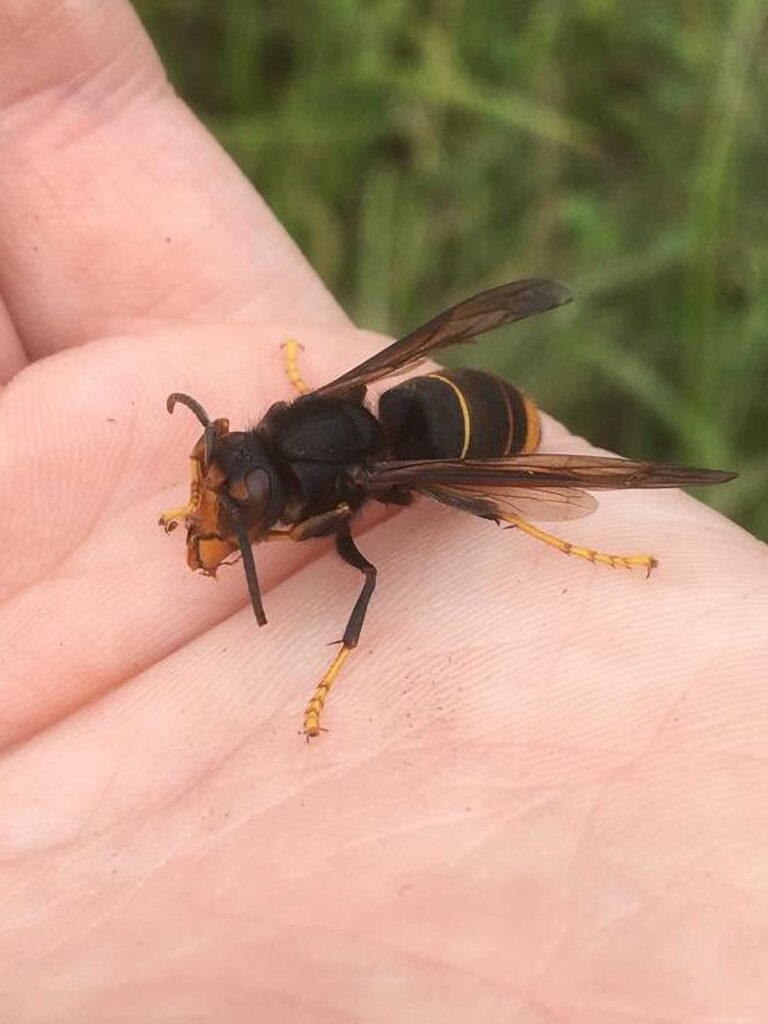
And Matthias Roth, who heads the Cologne Union of Beekeepers, argued: “We must destroy as many Asian hornets as possible. We won’t be able to eradicate them completely. However, it’s possible to reduce their number.”
Asian hornet queens measure around 30 millimetres (1.2 inches) in length. The size of males and workers ranges between 20 and 24 millimetres (0.8 to 0.95 inches).
Considered an invasive species by the European Union’s nature regulations, the insect, which originates from Southeast Asia, must not be kept, bred or offered for sale.

